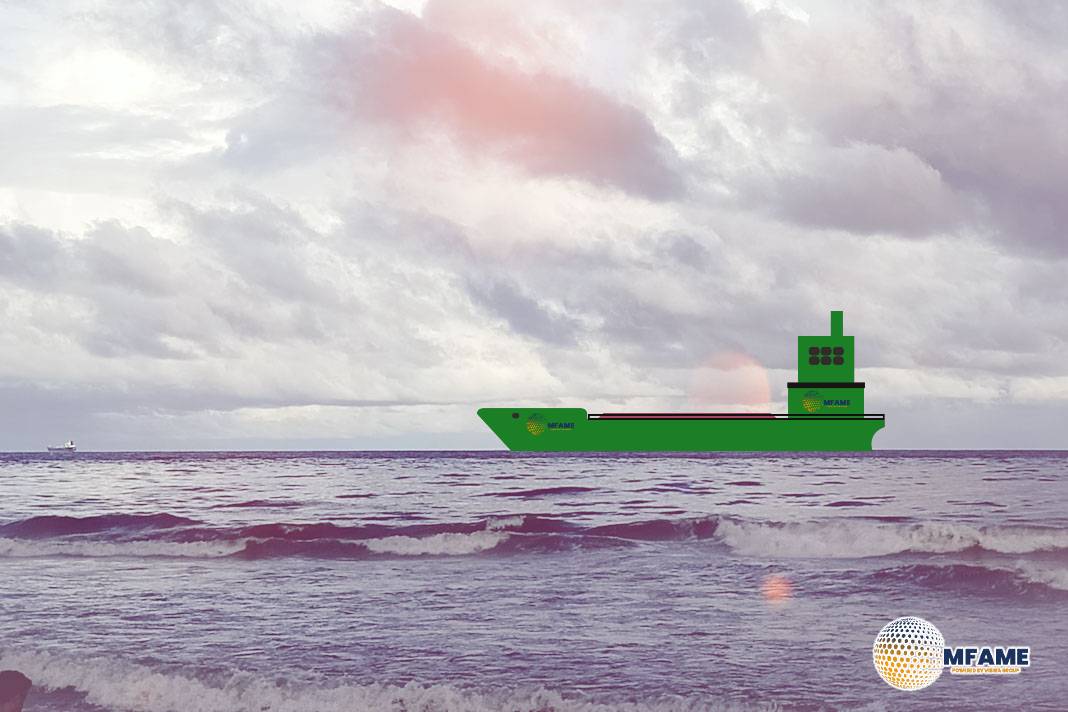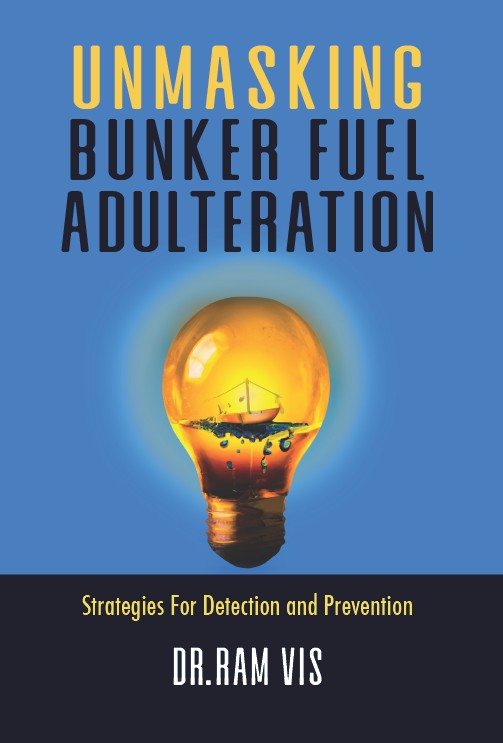- Bridge Collapse Risk Prompts NTSB to Recommend Nationwide Evaluations.
- Key Bridge Collapse Sparks Urgent Review of Older Bridges.
- Bridge Owners Advised to Assess Vessel Collision Vulnerabilities.
The National Transportation Safety Board (NTSB) reports that it has advised 30 owners of 68 bridges in 19 states to perform vulnerability assessments to identify the likelihood of bridge collapse from vessel collisions. This is included in an ongoing inquiry into the failure of a main bridge in Baltimore.
Key Bridge Collapse and Safety Concerns
The NTSB determined that the collapsed bridge was almost 30 times over the acceptable risk level for critical infrastructure, as it is defined by the American Association of State Highway and Transportation Officials (AASHTO). The collapse happened after a big ship hit one of its supporting piers.
Bridges Without Vulnerability Assessments
In the last year, the NTSB listed 68 bridges with designs before the development of AASHTO’s vulnerability assessment guidelines. These structures have not been subject to up-to-date risk assessments. The NTSB is asking bridge owners to calculate the probability of collapse using AASHTO’s Method II calculation.
The report makes it clear that the bridges are not necessarily in danger of collapsing immediately. If a bridge is determined to exceed the tolerable risk level, however, its owner should prepare and execute a broad risk reduction strategy.
History of AASHTO Vulnerability Guidelines
In 1991, AASHTO implemented vulnerability assessment calculations for new National Highway System bridges after a prior bridge collapse investigation. AASHTO suggested that current bridges also be evaluated, reaffirming this in 2009.
Federal Highway Administration’s Safety Requirements
Since 1994, the Federal Highway Administration (FHWA) has mandated that new bridges be designed to minimize the risk of collapse due to vessel collisions. The Baltimore Bridge was built before these assessments became a requirement.
Missed Opportunity for Preventative Action
The NTSB determined that if the Maryland Transportation Authority had performed a vulnerability assessment on current vessel traffic, it would have known about the elevated risk level of the bridge. This data could have been utilized to effectively reduce the risk of collapse and possible loss of life.
Interagency Coordination to Decrease Risk
The NTSB also is calling on FHWA, the U.S. Coast Guard, and the U.S. Army Corps of Engineers to form an interdisciplinary team. The team would offer recommendations and support to bridge owners regarding the assessment and reduction of risk, possibly in the form of infrastructure upgrades or operational modifications.
Incident Overview and Casualties
The 984-foot cargo ship was sailing out of Baltimore Harbor when it suffered a loss of electricity and power, ramming into the southern pier that held up the bridge. The collision caused the bridge to collapse, killing six workers in the construction process, injuring one person, and having another injured person onboard the ship.
Did you subscribe to our daily Newsletter?
It’s Free Click here to Subscribe!
Source: NTSB
























